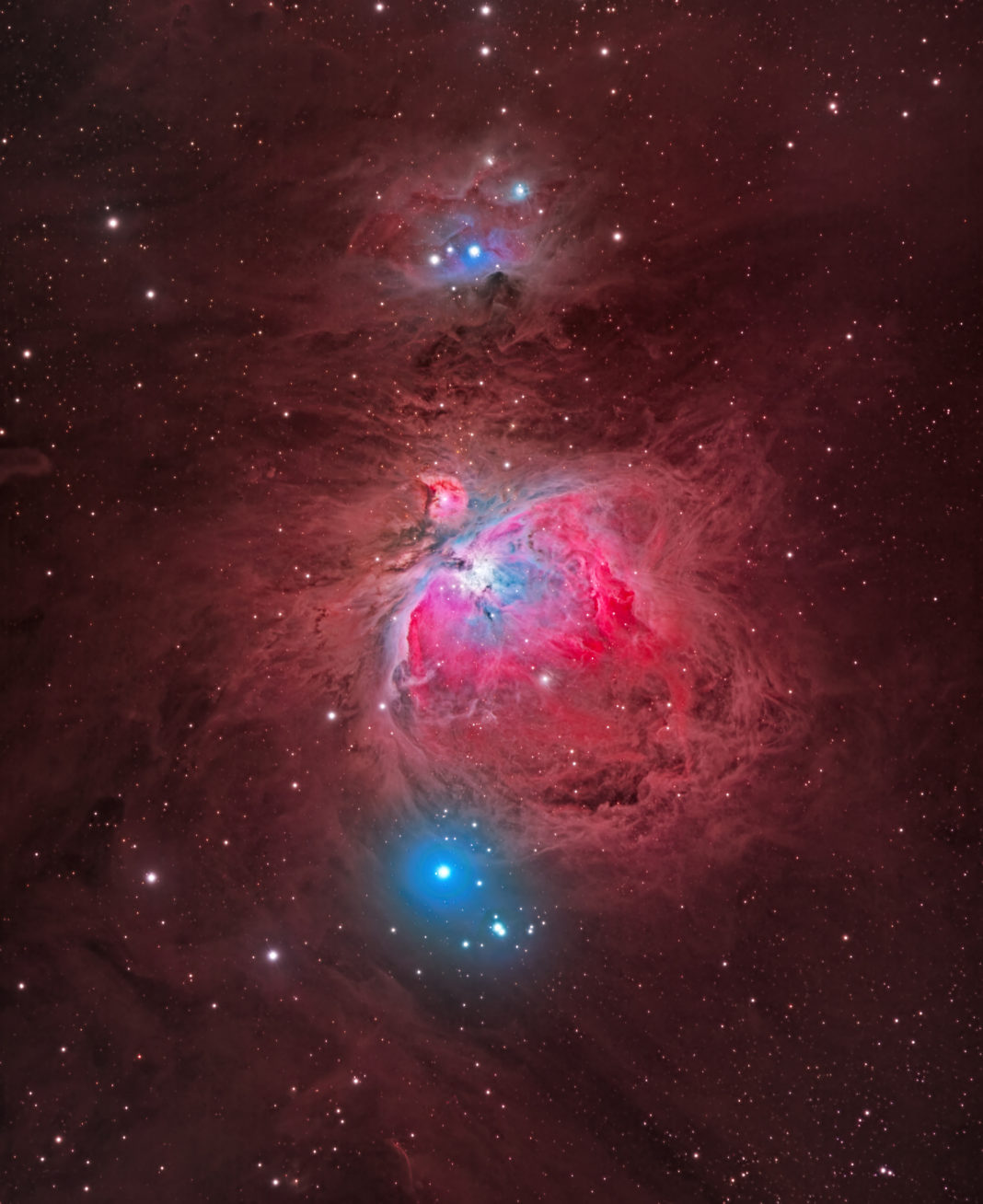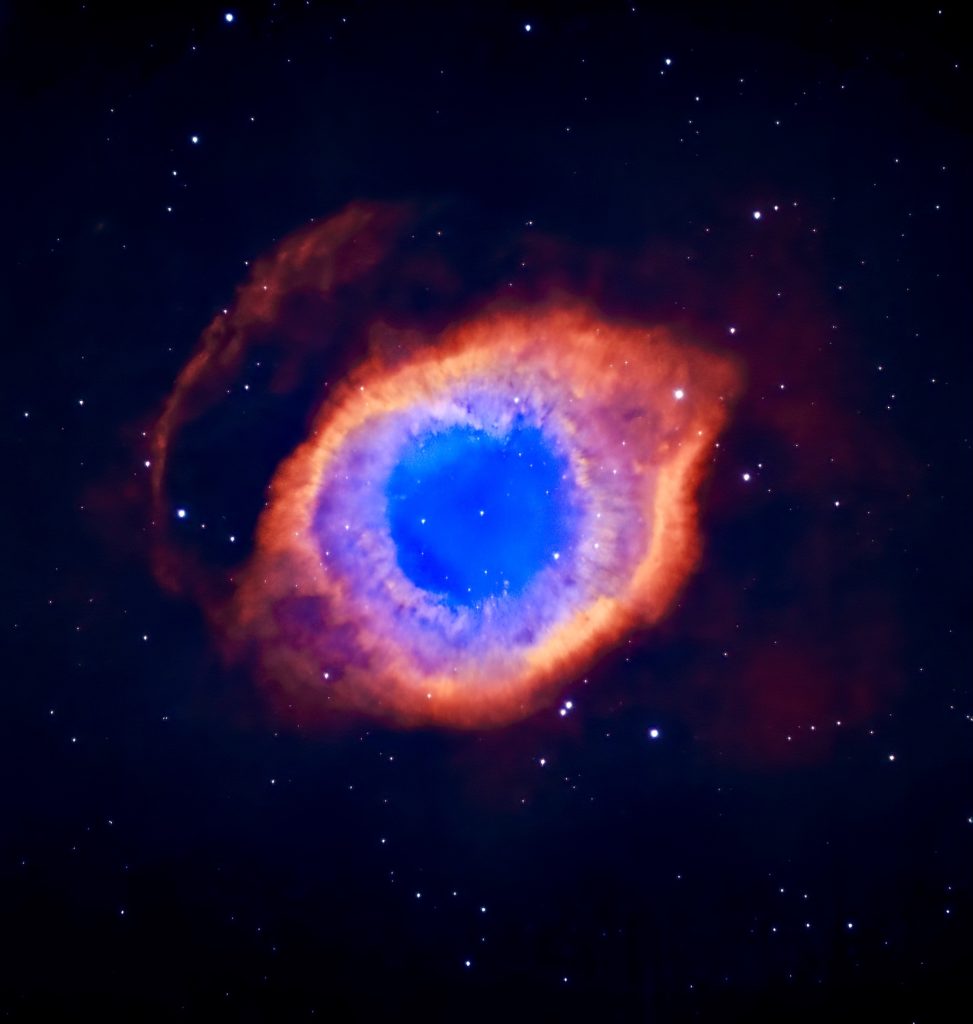
Gaining Perspective on Life During the Pandemic From Astrophotography
 Growing up in Shiraz, Iran, the night sky awed Dr. Sina Gharib, professor (Pulmonary, Critical Care and Sleep Medicine). During the war with Iraq, cities would go dark at night to prevent aerial bomb threats. While this was undoubtedly a scary situation, he used it as an opportunity to admire the stars without light pollution.
Growing up in Shiraz, Iran, the night sky awed Dr. Sina Gharib, professor (Pulmonary, Critical Care and Sleep Medicine). During the war with Iraq, cities would go dark at night to prevent aerial bomb threats. While this was undoubtedly a scary situation, he used it as an opportunity to admire the stars without light pollution.
When the pandemic hit and he found himself spending more time at home, he decided to finally pursue his interest in the night sky. He started in his backyard, connecting an 11-year-old camera to his telescope.

Astrophotography also gave him time and space to reflect on the past years in the pandemic.
“It makes me appreciate what I have and puts life into perspective,” he says. “I’m less stressed or concerned about small things. The images from some galaxies are millions of light years away, so what we’re seeing is looking back into history in some ways. It makes me appreciate the vastness of space and puts into perspective our troubles and difficulties, which in the big picture aren’t really a big deal. We’re not the center of the universe.”